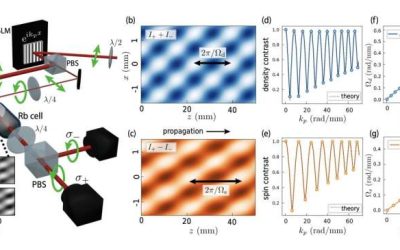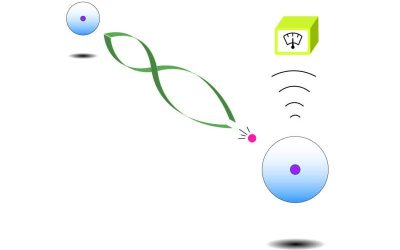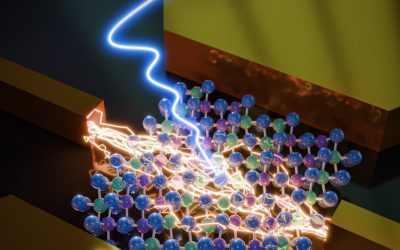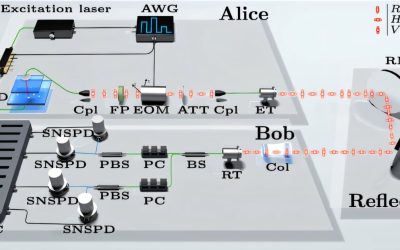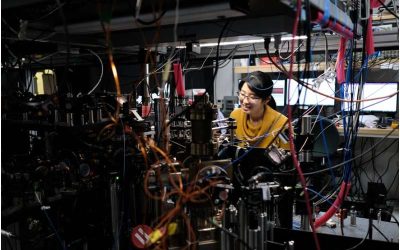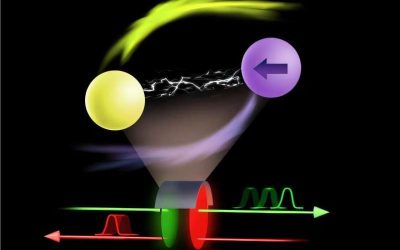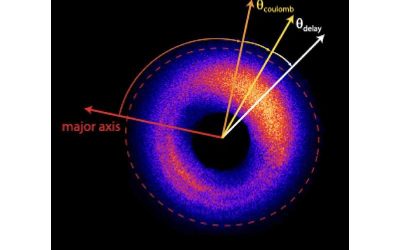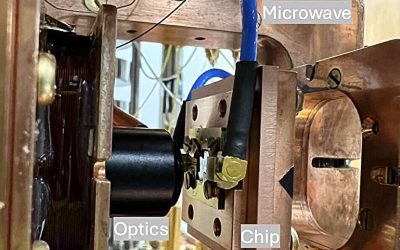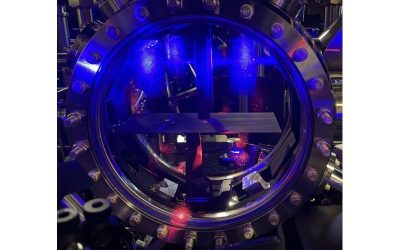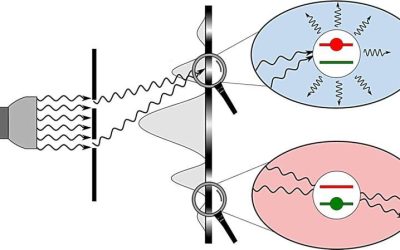Recent physics studies have found that light can sometimes flow in unexpected ways, behaving like a so-called "superfluid." Superfluids, such as ultracold atomic gases or helium-4 below specific temperatures, are phases of matter characterized by flowing behavior with...
Optics & Photonics
An approach to realize heralded photon storage in a Rydberg superatom
Quantum technologies, systems that operate leveraging quantum mechanical effects, have the potential to outperform classical technologies in some specific tasks. Over the past decades, some researchers have also been trying to realize quantum networks, systems...
TaIrTe₄ photodetectors show promise for highly sensitive room-temperature THz sensing
Terahertz radiation (THz), electromagnetic radiation with frequencies ranging between 0.1 and 10 THz, could be leveraged to develop various new technologies, including imaging and communication systems. So far, however, a lack of fast and sensitive detectors that can...
True single-photon source boosts secure key rates in quantum key distribution systems
Quantum key distribution (QKD), a cryptographic technique rooted in quantum physics principles, has shown significant potential for enhancing the security of communications. This technique enables the transmission of encryption keys using quantum states of photons or...
Atom tweezer arrays reveal how phase transitions unfold in mesoscopic systems
As the number of particles in a physical system increases, its properties can change and different phase transitions (i.e., shifts into different phases of matter) can take place. Microscopic systems (i.e., containing only a few particles) and macroscopic ones (i.e.,...
Nonreciprocal light speed control achieved using cavity magnonics device
The reliable manipulation of the speed at which light travels through objects could have valuable implications for the development of various advanced technologies, including high-speed communication systems and quantum information processing devices. Conventional...
Phase-resolved attoclock precisely measures electron tunneling time
When placed under a powerful laser field (i.e., under strong-field ionization), electrons can temporarily cross the so-called quantum tunneling barrier, an energy barrier that they would typically be unable to overcome. This quantum mechanics phenomenon, known as...
New microwave-to-optical transducer uses rare-earth ions for efficient quantum signal conversion
Quantum technologies, which leverage quantum mechanical effects to process information, could outperform their classical counterparts in some complex and advanced tasks. The development and real-world deployment of these technologies partly relies on the ability to...
Hours-long continuous lasing achieved using laser-cooled strontium atoms
Laser-cooled atomic gases, gases of atoms chilled to temperatures around absolute zero using laser technologies, have proved to be versatile physical platforms to study and control quantum phenomena. When these atomic gases interact with light inside an optical cavity...
New quantum optics theory proposes that classical interference arises from bright and dark states of light
Classical physics theories suggest that when two or more electromagnetic waves interfere destructively (i.e., with their electric fields canceling each other out), they cannot interact with matter. In contrast, quantum mechanics theory suggests that light particles...

